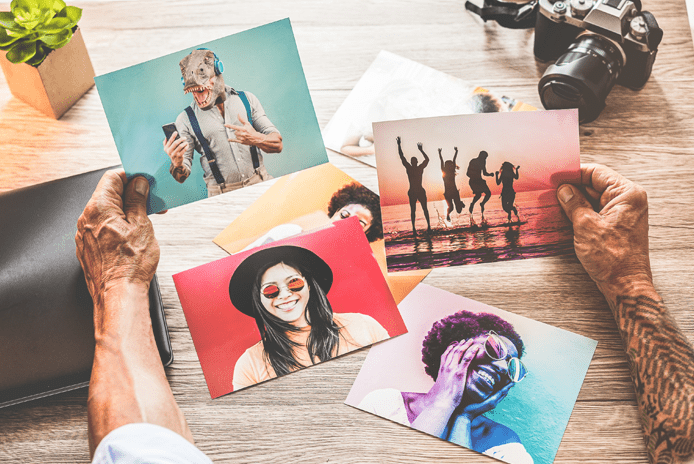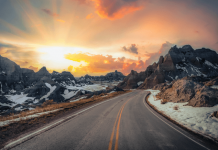Best Cameras for Photography
If you choose the best camera for beginners, you will probably want a camera that is easy to use, you will be able to grow your skills and affordable costs. When you just started your photo hobby, then your budget is limited because, until you have your marine legs, you may not be investing too much.
- Compact Cameras
- DSLR Cameras
- Mirrorless Cameras
Compact Cameras
It is quite obvious that in recent years the compact camera market has suffered the onslaught of the smartphone – and your phone will do the job fine in many daily situations. There are still lots of screening opportunities in your smartphone that aren’t fully covered by optics, so, while essential shooting points have disappeared quite a lot on the market, there is still plenty of options to help take your pictures to the next level.
DSLR Cameras
Try to find for beginners the best DSLR camera? There are many strong opponents, but our detailed guide has the answer. In recent years, the world of the camera has moved into mirrorless technology, but the DSLR still has much room. These cameras are the cheapest way to get an integrated viewfinder and retain advantages over their newer siblings in areas such as handling and battery life.
Mirrorless Cameras
In recent years, the world of mirrorless cameras has expanded to accommodate a wide range of buyers – from old users to novice shooters, who just take their telephone cameras and take shots. When you buy a camera that outperforms your photographer’s abilities, it is tenting and can prompt you to improve your abilities, you can also start by getting to know manufacturer-specific skinning and ergonomics as well as their lens choice before you spend a lot of time.
Tips for Photography
A picture of interesting topics is one of the easiest ways to improve your photograph. You can of course take fantastic creative photos of uninteresting topics, but first of all, it makes it much simpler to make a great photograph.
- Rule of Third
- Keep the Background Constant
- Exposure Triangle
- Good Lighting
- Move
Rule of Third
Composition is how the photograph elements are arranged, and the “rule of thirds” is a good guideline for their composition. The third rules work by dividing an image into horizontal and vertical thirds so that there are 9 sections.
You can view the photographer placing the horizon in the top third of the picture in many good photographs in the countryside, whereas the landscape is two-thirds in the lower part. You can also try and place the elements along the third lines, so it falls at the crossroads between two of the third lines.
Keep the Background Constant
The background needs to be as easy and confusing as possible, to prevent the viewer from distracting him from the central theme of the image. Colors of mixed and flat patterns are working well, because visitors should not be more interested in the colorful building or church tower behind the pattern.
It can be as simple to fix a distracting background as to move or change your angle, but it can be obscured with the widest possible aperture if this does not work and get as close as possible to your object.
Exposure Triangle
The ability to check the picture on the camera’s rear LCD is one of the major benefits of digital photography. You should check that the photo is displayed appropriately when taking photos, i.e. that it is not too dark or too bright. Even with modern camera systems, they do not always get it right, with sophisticated auto-exposure systems.
In addition to the image inspection, most digital cameras also have several tools that can help you evaluate the image exposure. The first is Highlight Warning, commonly referred to as ‘blinkies.’ This is because white-blown areas are flashing when you look at the picture on the LCD.
Good Lighting
What has a big impact on how your picture looks are the light quality that affects your subject? The color of light and how harsh and diffused light are two aspects of lighting to be looked at. You can also adjust the white balance setting on your camera by changing the color temperature of a photo. And you can use a warming gel on your flash to warm the light if you take pictures with Flash.
The diffuse light can be created by reflecting light from a big surface (like a wall) or through the use, between the light and your subject, of a large piece of half-transparent material.
Move
Photography is easy to see as a static task. You’re finished finding the topic you would like to shoot, set up the tripod, and the fiddle with settings. You could do this and perhaps you’d get a good photo. But it might be better. What if you moved a foot to the left or the right?
The beauty of photography is to get another view of the world each time you move the lens, another opportunity to see the world, and to make some new things away. Therefore, be energized when you are going out for a session and continue to move and find a new worldview.
How to Done Photography
Whether you are a beginner or more photographer, here’s some of our favorite photography guide for you.
- Photography Courses
- Photography Printing
Photography Courses
You are interested in photography courses? Would you like to learn from scratch professional pictures? Are you planning a career or business in photography? If yes, the training is just the right course for photography in the city.
We give you a fantastic chance to learn new photography skills and to polish them. We do not follow your average course of photography. This course will help you to take pictures and to develop a technological understanding of photography as well as to encourage your aesthetic.
Photography Printing
Look no further than this final photography collection if you are looking for photo printing services. For photographers, all you need is to make the ultimate photo prints for luxurious photographs. Enjoy a wide variety of photo papers, chosen by experts, and get your print.
Is it easy to learn photography?
It depends on the individual whether or not photography is easy. Some people on PN create brilliant pictures with a low learning curve, while others take longer. On average, photography is not easy. It is safe to say. It seems easy to take pictures, just click on the camera to point.
How much time does photography take to learn?
Here’s the big bit: The mark of 3 years reflects people who attempt to go it alone – I knew some of you have in two and others have taken longer, like 4 years, but it is approximately three years on average. It took only about 3-6 months for other people to get to the same stage.
How much should I charge as a photographer for beginners?
Photographers at the entry-level: For those of you just starting professional photography after formal education, $50-$150 per hour or $25-$125 per image are typically charged.
In 2021 and beyond, I hope that the ideas listed below will inspire your picture! Whether you’re in a creative environment or want to continue exploring new things, it can help you move a bit beyond your usual pictures. Turn to a different genre, wait for seasonal changes, and recreate a photo that you like or anything else that will enhance the appreciation of photography.









